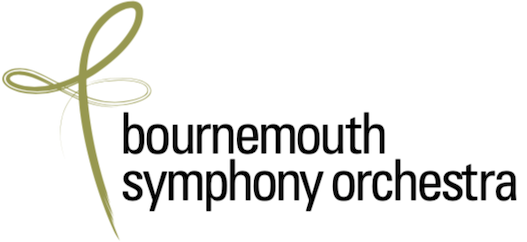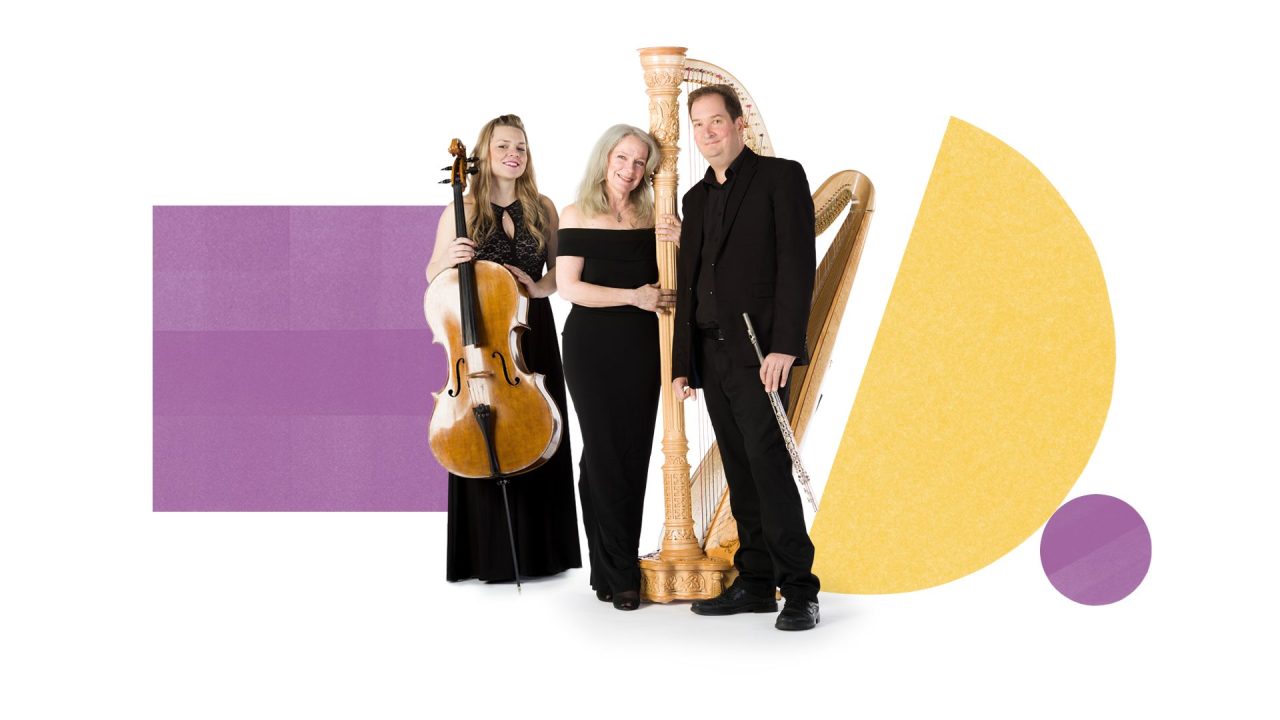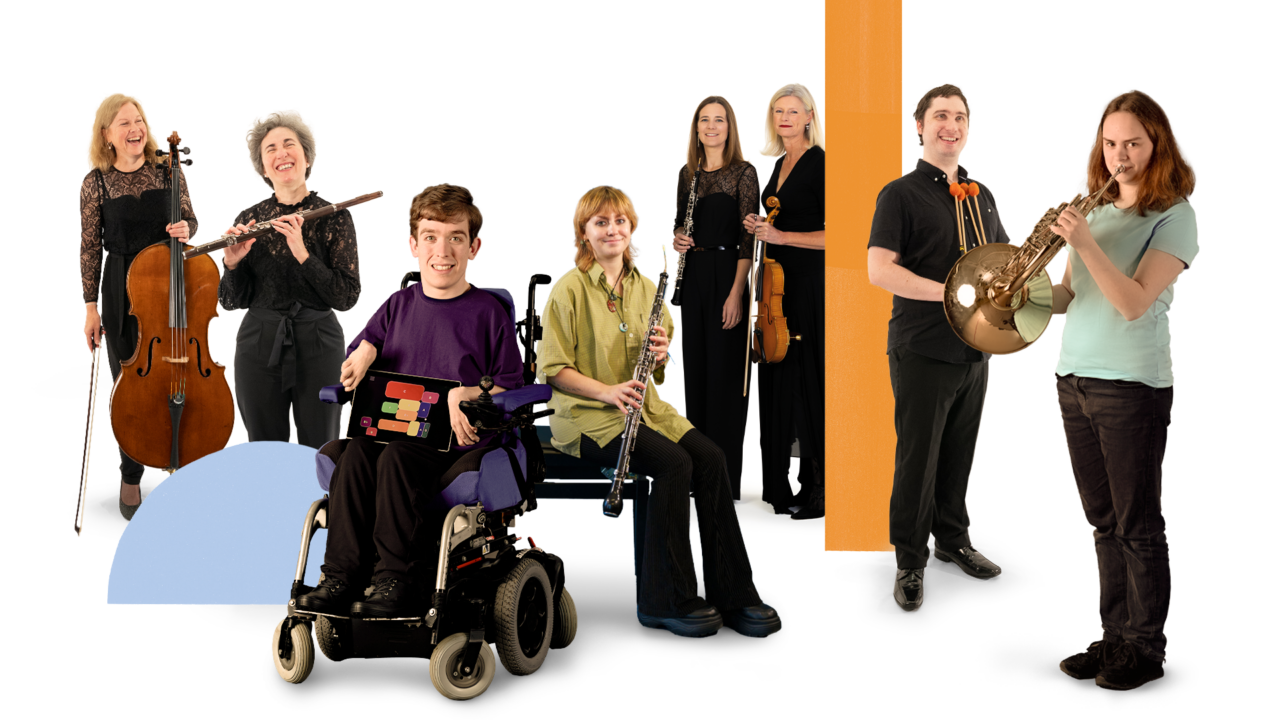De Falla’s marvellous ballet score imparts a strongly Spanish flavour through its allusions to traditional Iberian music and dances, showing his command of both a folkloric Spanish idiom and a dazzling palette of orchestral colour. Briefly, the semi-serious farce concerns a lascivious magistrate who lusts after a miller’s wife and has the husband arrested in order to pursue her, but to no avail as ultimately he is defeated and thoroughly humiliated by the miller and his clever spouse.
Gabriela Montero’s First Piano Concerto combines South American lightness with classical form – a tribute to the musical diversity of her homeland. Full of virtuoso challenges for both soloist and orchestra, it is relentless, moving, spicy, stormy, delicate and powerful; the musical language is modern and at the same time criss-crossed with Latin rhythms such as mambo, salsa, boléro and several Venezuelan dances.
A modern Mexican classic inspired by a Cuban dance, Danzón No.2 by Arturo Márquez is one of the most popular and frequently performed Mexican contemporary classical orchestral pieces. The rhythmic quality of the piece is at the centre of the composition, with accents that shift throughout making it feel as if the tempo is constantly changing.
Works and composers
Supported by
Gallery







